Re-shaping Murray Street
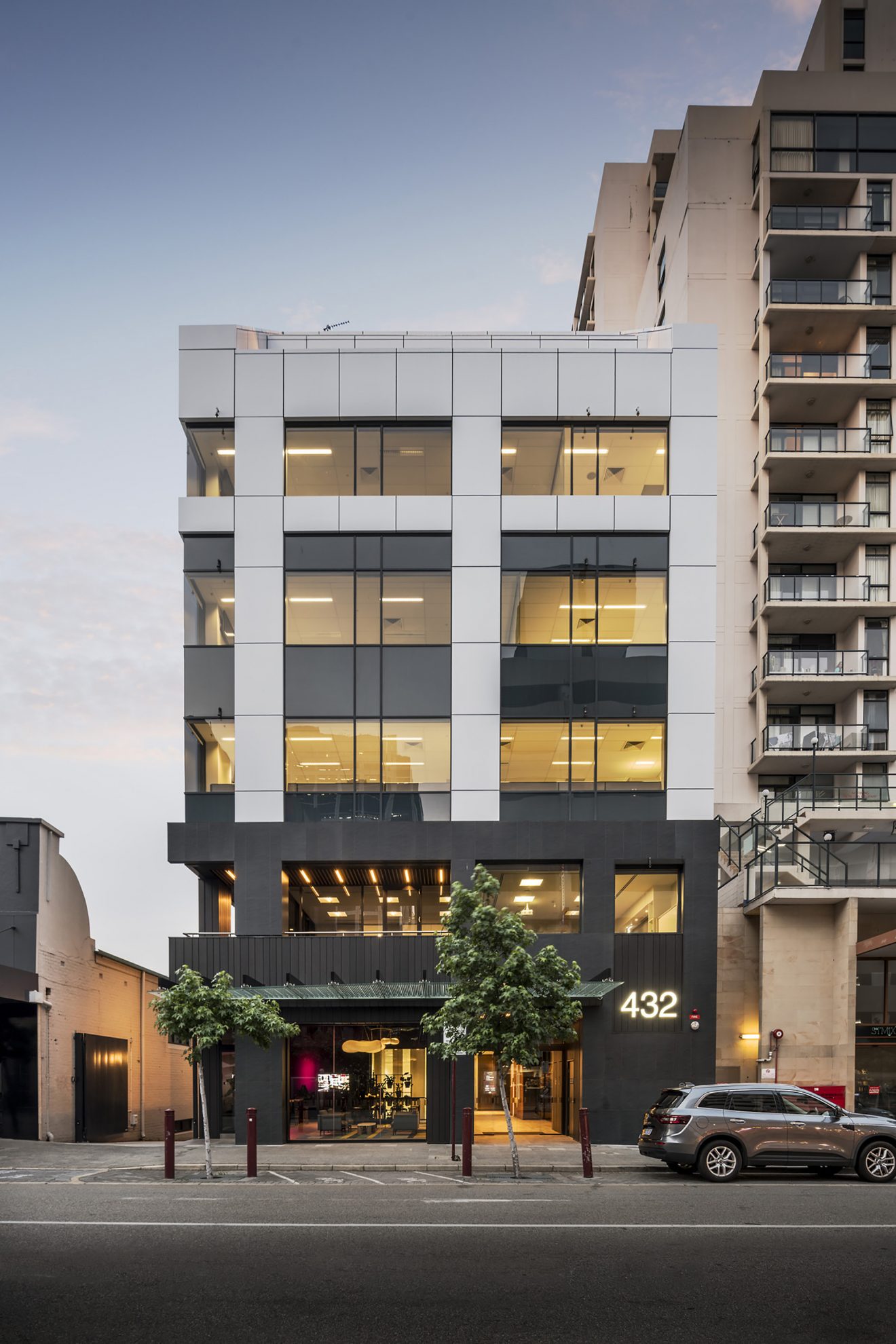
Buildings often outlive their initial purpose – but this doesn’t mean they outgrow their usefulness.
As older buildings no longer meet the standard of services, amenity and code compliances that modern businesses require, these existing structures are being left behind. Instead of deteriorating, or being haphazardly torn down, artful refurbishment can breathe new life into outdated spaces.
Working with existing buildings is not only a way to preserve a city’s existing history – but also an economic and ecological imperative. At a time when it is important that we minimise resource use and carbon emissions, restoration and renovation will continue to gain importance in modern architecture and design.
Each refurbishment project brings a plethora of challenges – from simple repairs and functional upgrades, to a completely new look and feel for an outdated space. On Murray Street in Perth’s CBD, COX was challenged with two buildings: 125 Murray Street and 432 Murray Street. The team are familiar with this area, with COX’s Perth studio situated on this street.
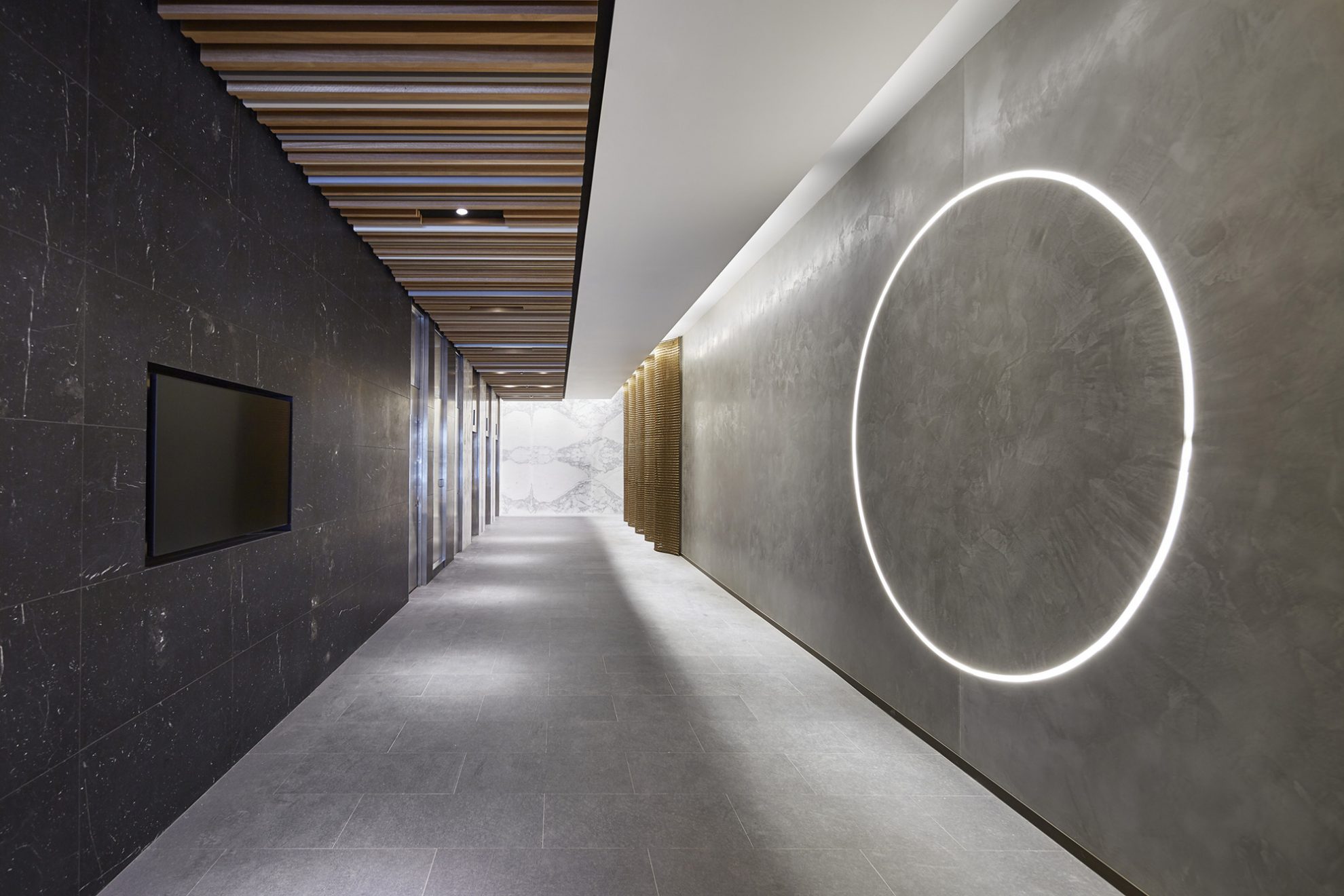
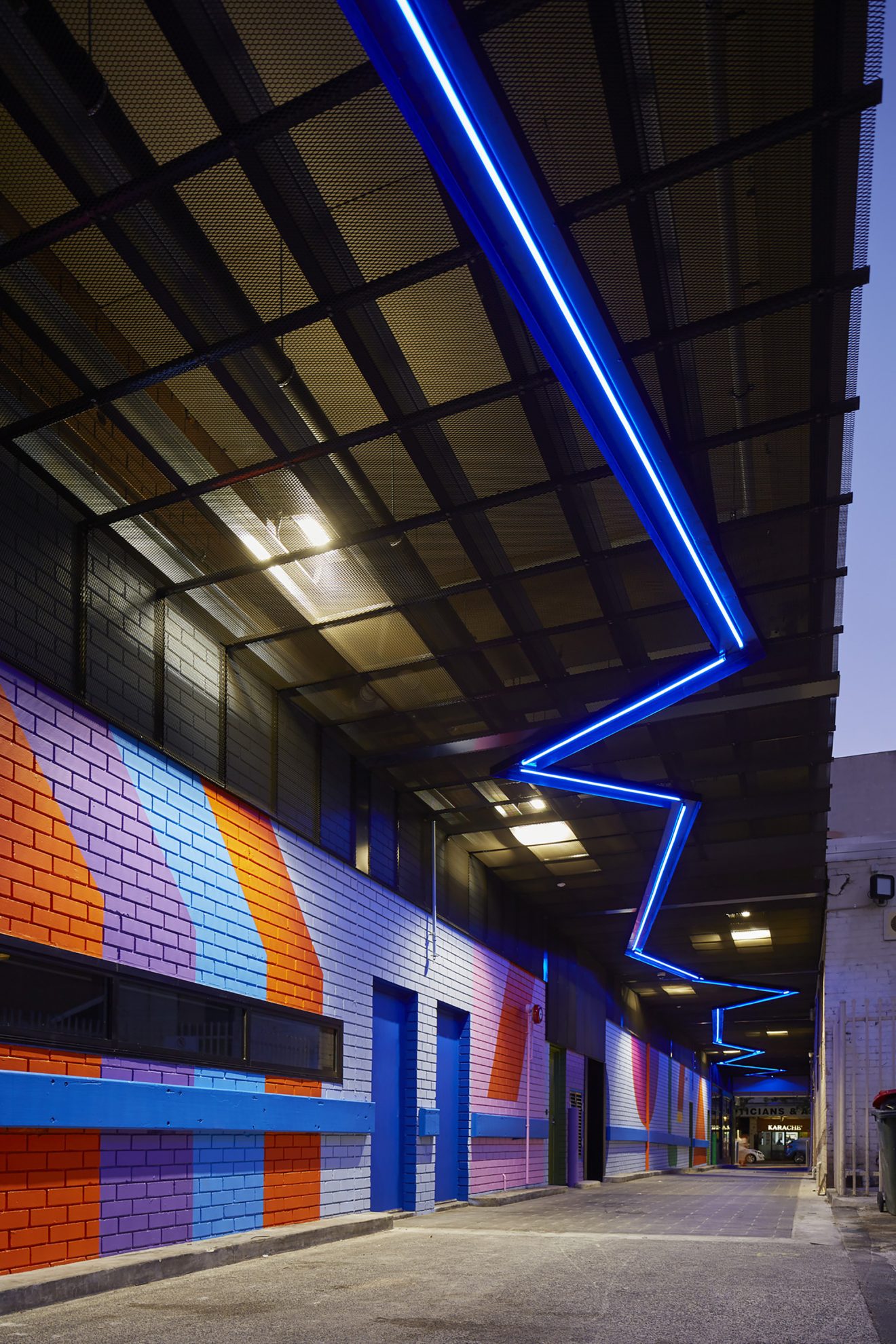
125 Murray Street
125 Murray Street is an exemplar for commercial refurbishment. The nine-storey CBD building had stood empty for many years, suffering poor levels of natural light, low ceilings and little visual connection to the city outside.
The refurbishment rebranded the building. Interior work was primarily carried out within the existing built form and fabric, allowing the budget to be directed towards key areas with an emphasis on quality materials, considered lighting and careful detailing.
The result is a unique, new commercial offering that delivers flexible floorplates supporting contemporary workplace models. A sophisticated entry plays against the exposed services and expressed concrete frame and brickwork on the floors above, creating an experience rich in texture and unexpected detail.
125 Murray demonstrates the possibilities of working sustainably within existing building stock to create contemporary workplace interiors that align with the expectations of tenants and deliver on client imperatives.
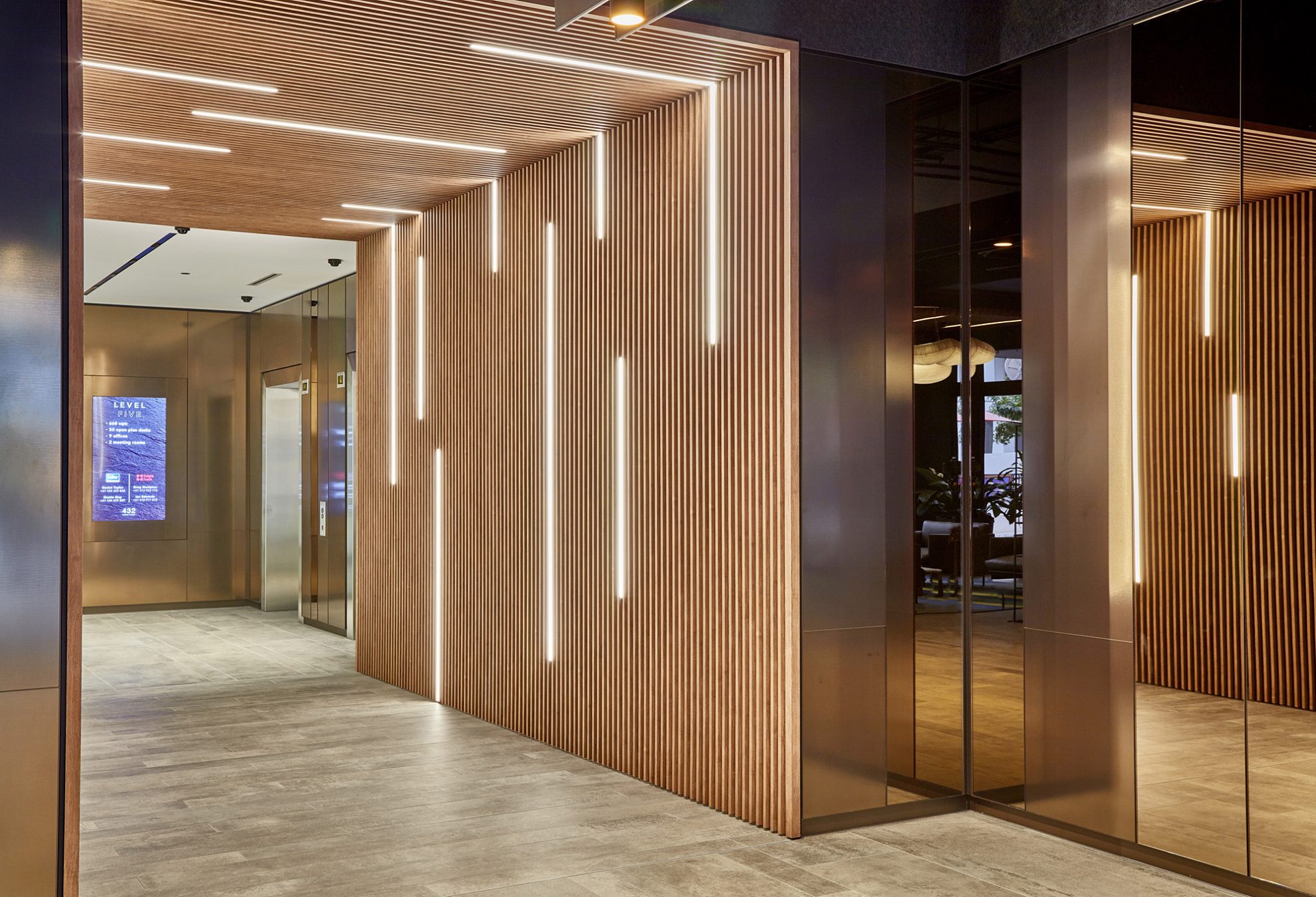
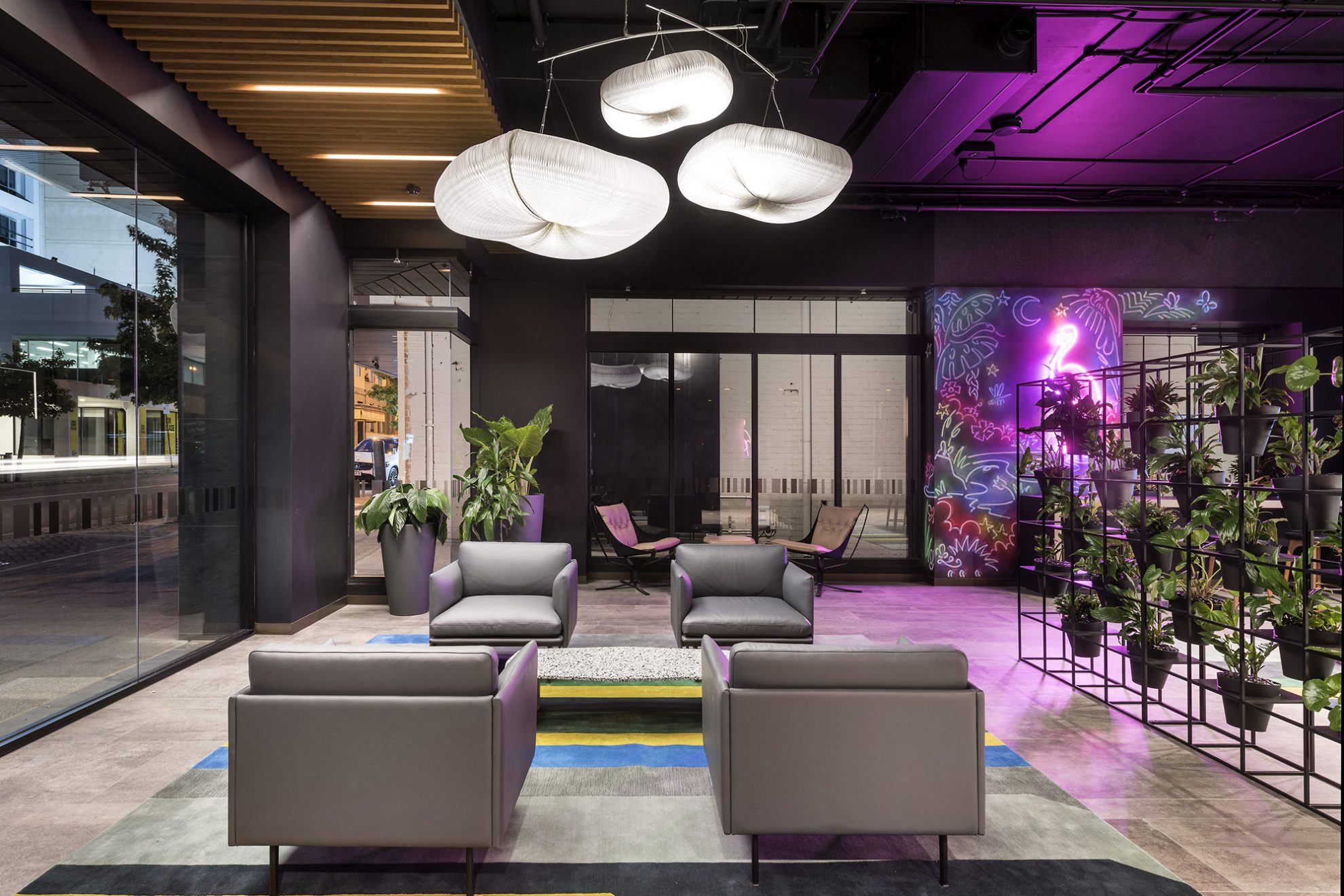
432 Murray Street
432 Murray Street demonstrates the value of considered interior architecture in bringing new life to commercial buildings.
With the expiry of a long-term lease, the building owner saw the opportunity to undertake a program of strategic improvements. The primary objective was to enhance the building’s image to attract new tenants.
The exterior of the building has been remodelled at ground and first floor levels to provide a more empathetic response to the streetscape. The lobby is conceived as a communal space that blurs the boundary between work and social functions – supporting agile work practices. The conceptual approach was to extend the city into the interior, employing a base palette of black and grey injected with jolts of colour and light to create a lively urban feel.
432 Murray Street’s upgrade delivers on the client’s commercial objectives whilst contributing to the public realm by creating an attractive street-level interface.

Bret White is a Director in COX’s Perth studio and worked across both 432 Murray Street and 125 Murray Street. We asked him about what it takes to see out a successful refurbishment.
Why is the refurbishment of existing buildings so important?
Over time, all cities accrete a built fabric. This incorporates a blend of new and old buildings, all contributing to the cities character. Re-cycling buildings can positively contribute to a city’s richness of spatial experience, its variation of physical fabric and its environmental credentials.
When carrying out a refurbishment, architects and designers can incorporate the public memory of place – respecting the attributes of past and weaving in new adaptions and technologies for the future. Quality refurbishments always incorporate deep consideration of sensitive aesthetics within the site’s urban context and streetscape.
Moving past aesthetics, refurbishments can also be a highly environmentally responsible option. Not only can it reduce landfill and resource use, it can also significantly improve the performance of the building itself, reducing emissions, energy consumption and water use as well as enhancing safety.
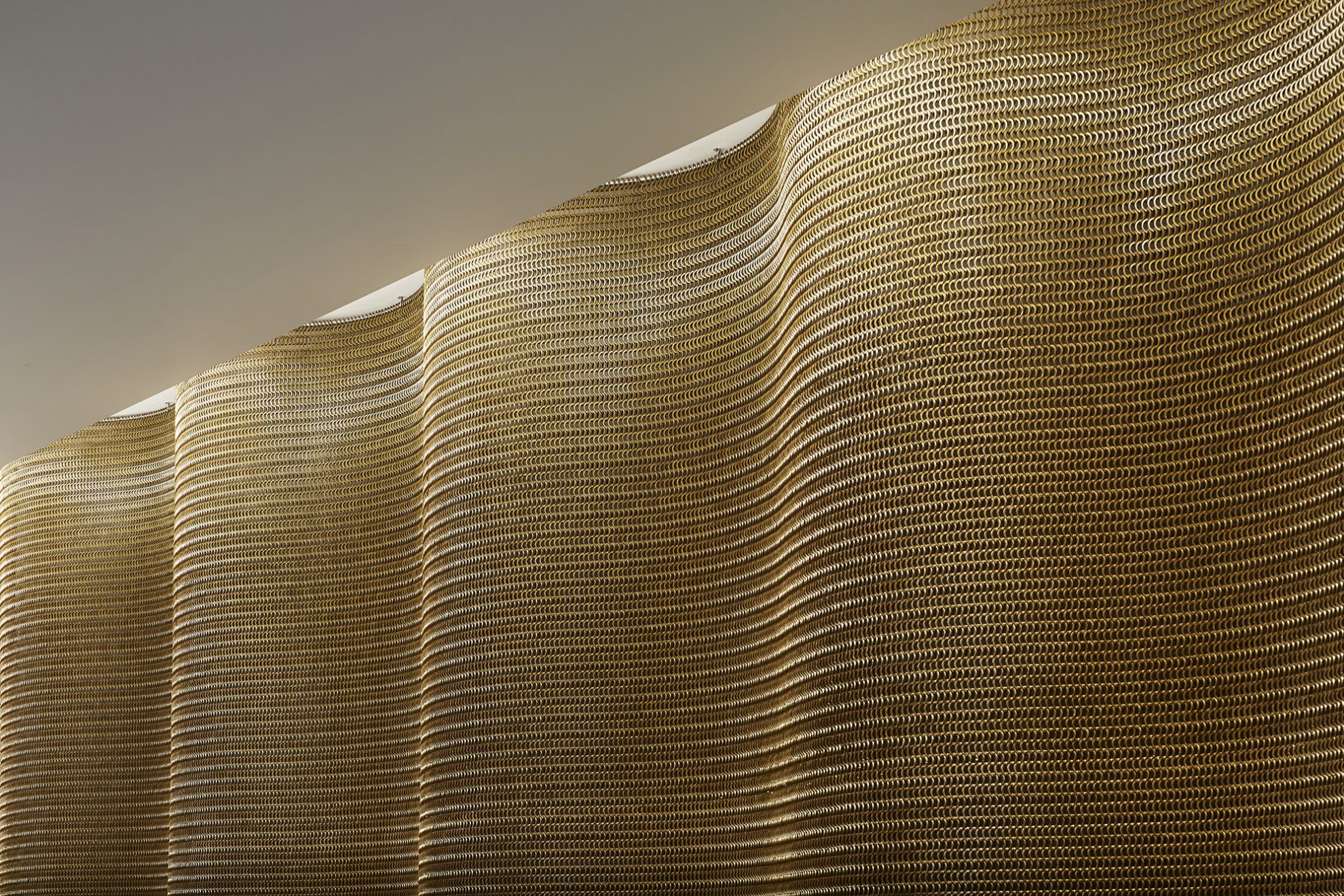
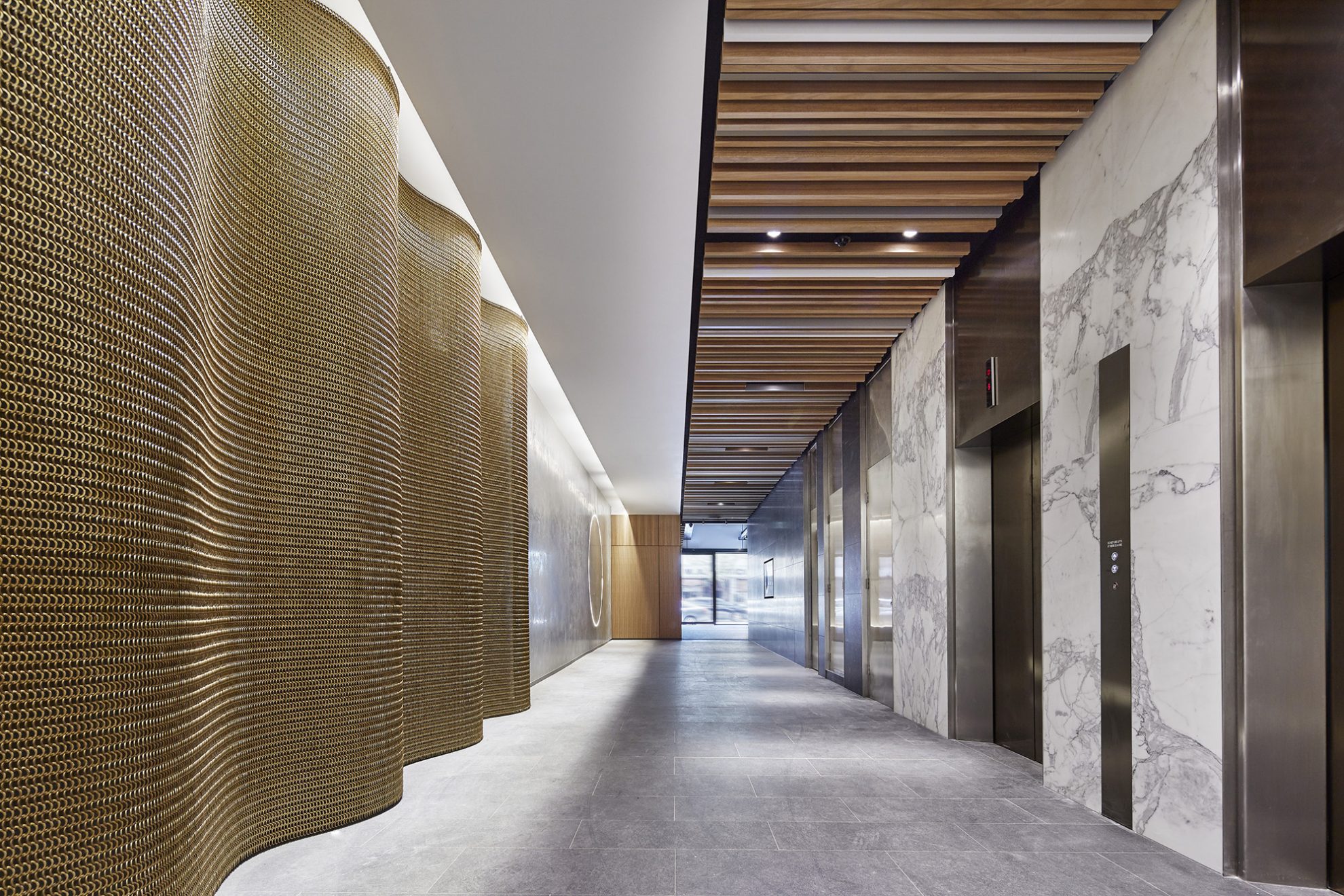
What are some of the unique challenges that come with refurbishments?
Each refurbishment presents a plethora of unique challenges. These can arise at any stage, from meeting code compliance to addressing fatigued infrastructure. Taking on these challenges is a careful balance of what should be done vs what needs to be done.
A portion of refurbishment work is always unknown – the things that are unveiled throughout the process can either enhance a project or present a creative challenge. Refurbishments require an adaptive project team who can work through constant design changes, often at pace.
Another key challenge is defining the future occupancy demographics. Who they are and what they do influences the design process. It provides ‘meaning’ for the design strategy.
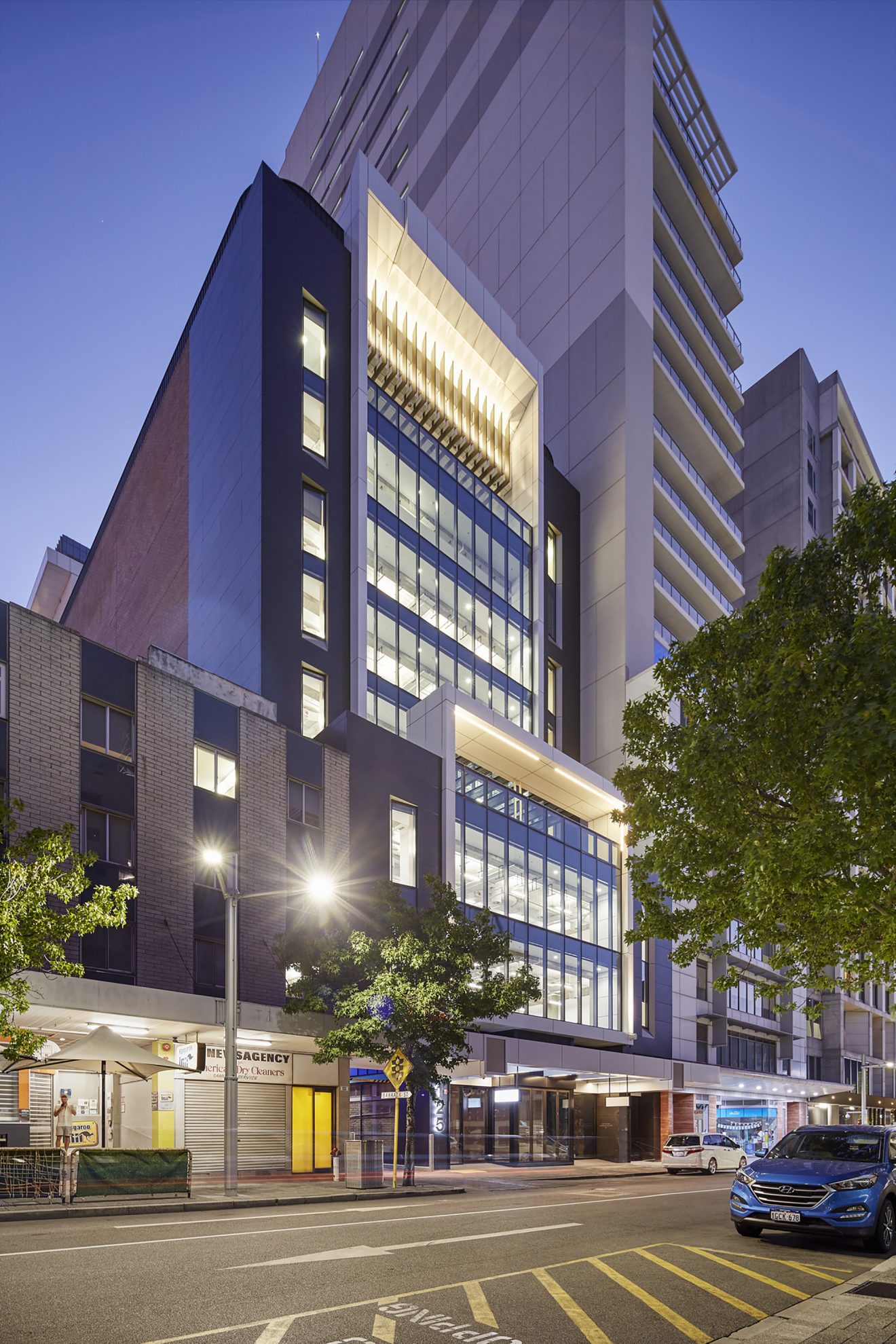
How should architects and designers approach the existing building stock when considering refurbs?
Architects and designers must collect and collate as much information on the building as possible. Investigating, defining and mapping a building’s core elements – its DNA- is crucial in managing both budget and risks as well as sculpting the sensitive design process. Combined with an informed understanding of its history – a ‘bridge’ can be envisaged between where a building was and where it should be can be.
An informed understanding of the planning context is essential as planning schemes may have changed, allowing increased plot ratio, revised setback and new planning response. Current code requirements also need to be charted in detail, with selected works astutely identified. Not everything needs to be brought up to current compliance.
A quality refurbishment creatively adapts the existing building fabric to support contemporary functionality i.e. workplace, living, leisure etc. Services agility is essential in responding to a variety of tenant needs.
Ultimately a successful refurbishment adds value to the city, contributes to its public realm and positively expands its diversity.
Award Winner:
125 Murray street has taken out a plethora of awards, to date these include:
- The Ross Chisholm and Gil Nicol Award for Commercial Architecture, Australian Institute of Architects Awards WA Chapter 2020
- Commendation, Lighting, Australian Institute of Architects Awards WA Chapter 2020
- Award of Merit, DIA 2021
- Design Awards 2022, Shaw Contract, Best of Region Winner